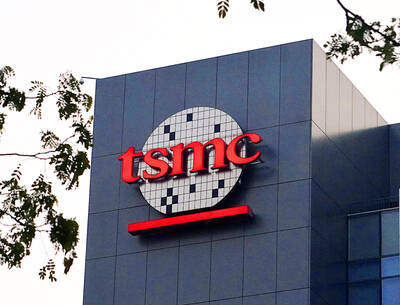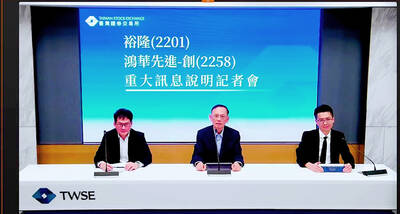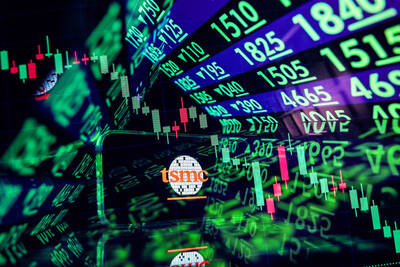Iron ore’s most spectacular collapse on record portends more volatility to come as investors grapple with a complex policy backdrop in China and an uneven recovery in global demand.
Once one of the hottest commodities in this year’s raw-material boom, iron ore’s ructions swiftly made it one of the most volatile. A brutal five-week rout for futures, and a 14 percent slump in the spot market on Thursday, has seen it lose about 40 percent of its value since May’s record as China seeks to reduce steel production to curb pollution.
Attention is now turning to an uncertain outlook for consumption, raising the prospect of more sharp, short-term moves. China’s demand is showing signs of faltering, although expectations are building that authorities might turn to infrastructure to help prop up the economy. Rising COVID-19 cases are weighing on growth in many parts of the world.
Benchmark spot ore with 62 percent iron content plunged 14 percent on Thursday, its biggest loss ever. Futures in Singapore on Friday rose 5.9 percent to US$138.30 a tonne following Thursday’s 12 percent slump, but remain near the lowest since December last year.
“We are massively bullish from these levels given the anticipated steel demand recovery once China overcomes the current COVID outbreak,” said Navigate Commodities managing director Atilla Widnell said. “We see strong support for iron ore at US$140 a ton and it actually looks incredibly oversold.”
The market is being buffeted by sometimes conflicting policies in China. Officials had turned to stimulus to boost growth, fueling demand for commodities key to infrastructure and property. At the same time, they sought to cut steel output and expectations for a flurry of restrictions saw mills front-load production to the first half of the year.
That saw a swift run-up to a record for iron ore and steel, with the resulting inflationary pressures leading to a crackdown on commodities speculation, tighter credit and a moderation in spending on construction.
Market watchers are now trying to gauge the extent to which that lower consumption is reflected in prices.
Morgan Stanley said iron ore could fall further due to China’s weak steel demand, while Kallanish Commodities Ltd analyst Tomas Gutierrez said iron ore is close to a bottom and a weak second half is priced in.
Still, faltering growth might underpin iron ore demand beyond this half if measures are needed to prop up the economy. China slowed more than expected last month as COVID-19 outbreaks added new risks to the recovery and boosted optimism the nation might turn to more monetary and fiscal stimulus to prevent a sharper slowdown.
“Steel demand will weaken in the second half along with a slowing property sector, but there is unlikely to be a big-sized drop, as the country has pledged to boost infrastructure investment to offset potential economic risks,” said Xu Xiangchun (徐向春), who has been in the industry for more than 30 years and is chief information officer at researcher Mysteel Global.
There is also long-term supply constraints that are likely to underpin iron ore. Vale SA has been trying to recover output since a dam disaster more than two years ago, while Australian giant Rio Tinto Group has said it is struggling to keep up with demand.
“Prices have now declined to a sustainable level,” Wood Mackenzie head of iron ore research Rohan Kendall said. “The iron ore market remains susceptible to supply disruptions and short-term spikes in the iron ore price are likely.”
Other commodities:
‧Gold for December delivery on Friday fell US$1.30 to US$1,783.10 an ounce, up 1.8 percent for the week.
‧Silver for September delivery on Friday fell US$0.19 to US$23.23 an ounce, up 0.5 percent weekly, and September copper fell US$0.08 to US$4.04 a pound, down 7.3 percent for the week.
Additional reporting by AP, with staff writer

Taiwan’s long-term economic competitiveness will hinge not only on national champions like Taiwan Semiconductor Manufacturing Co. (TSMC, 台積電) but also on the widespread adoption of artificial intelligence (AI) and other emerging technologies, a US-based scholar has said. At a lecture in Taipei on Tuesday, Jeffrey Ding, assistant professor of political science at the George Washington University and author of "Technology and the Rise of Great Powers," argued that historical experience shows that general-purpose technologies (GPTs) — such as electricity, computers and now AI — shape long-term economic advantages through their diffusion across the broader economy. "What really matters is not who pioneers

In a high-security Shenzhen laboratory, Chinese scientists have built what Washington has spent years trying to prevent: a prototype of a machine capable of producing the cutting-edge semiconductor chips that power artificial intelligence (AI), smartphones and weapons central to Western military dominance, Reuters has learned. Completed early this year and undergoing testing, the prototype fills nearly an entire factory floor. It was built by a team of former engineers from Dutch semiconductor giant ASML who reverse-engineered the company’s extreme ultraviolet lithography (EUV) machines, according to two people with knowledge of the project. EUV machines sit at the heart of a technological Cold

TAIWAN VALUE CHAIN: Foxtron is to fully own Luxgen following the transaction and it plans to launch a new electric model, the Foxtron Bria, in Taiwan next year Yulon Motor Co (裕隆汽車) yesterday said that its board of directors approved the disposal of its electric vehicle (EV) unit, Luxgen Motor Co (納智捷汽車), to Foxtron Vehicle Technologies Co (鴻華先進) for NT$787.6 million (US$24.98 million). Foxtron, a half-half joint venture between Yulon affiliate Hua-Chuang Automobile Information Technical Center Co (華創車電) and Hon Hai Precision Industry Co (鴻海精密), expects to wrap up the deal in the first quarter of next year. Foxtron would fully own Luxgen following the transaction, including five car distributing companies, outlets and all employees. The deal is subject to the approval of the Fair Trade Commission, Foxtron said. “Foxtron will be

Taiwan Semiconductor Manufacturing Co (TSMC, 台積電) last week recorded an increase in the number of shareholders to the highest in almost eight months, despite its share price falling 3.38 percent from the previous week, Taiwan Stock Exchange data released on Saturday showed. As of Friday, TSMC had 1.88 million shareholders, the most since the week of April 25 and an increase of 31,870 from the previous week, the data showed. The number of shareholders jumped despite a drop of NT$50 (US$1.59), or 3.38 percent, in TSMC’s share price from a week earlier to NT$1,430, as investors took profits from their earlier gains